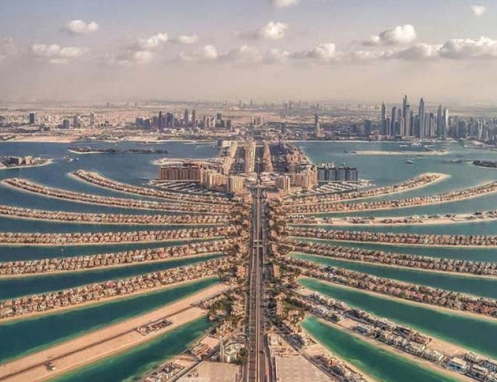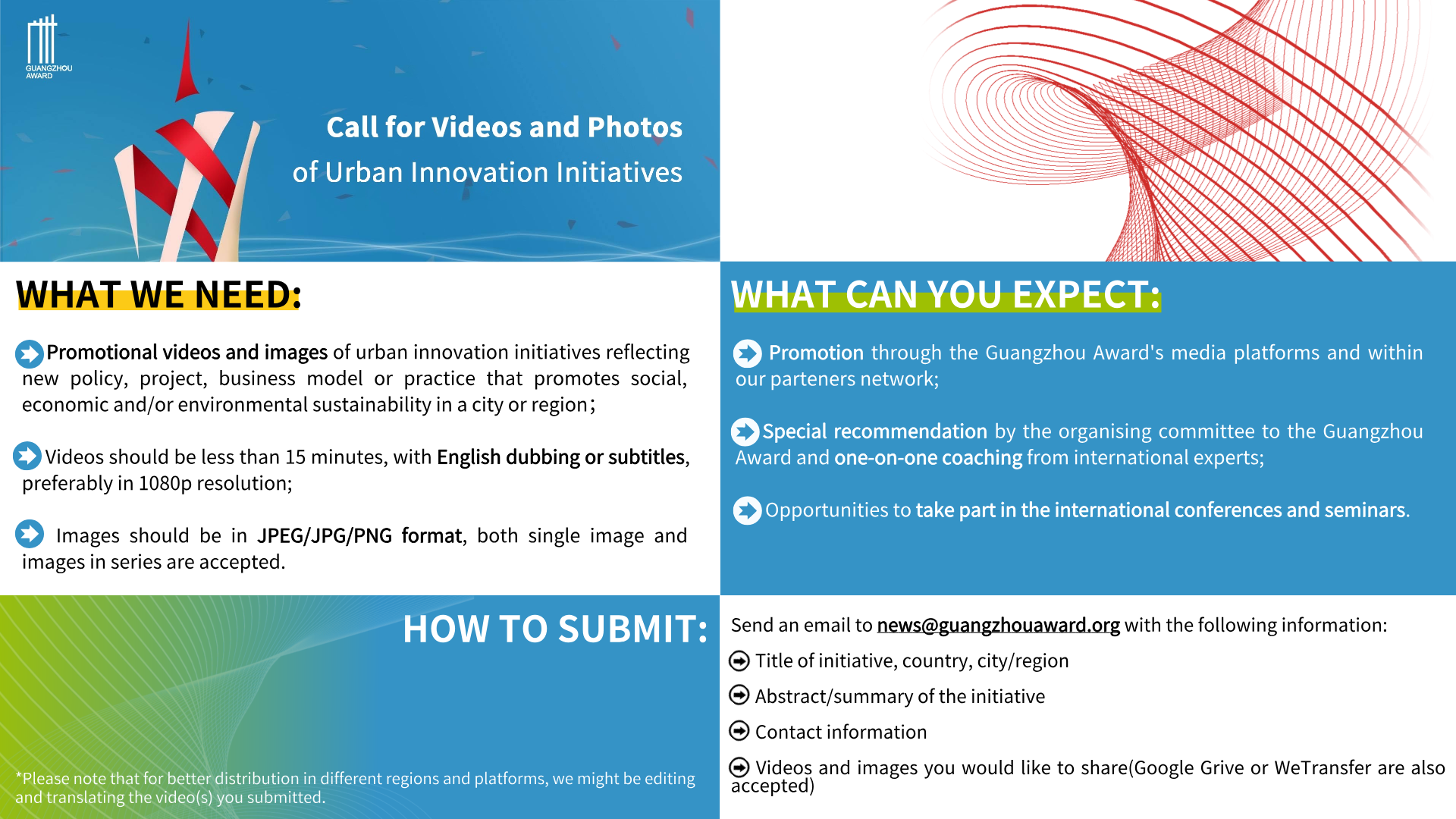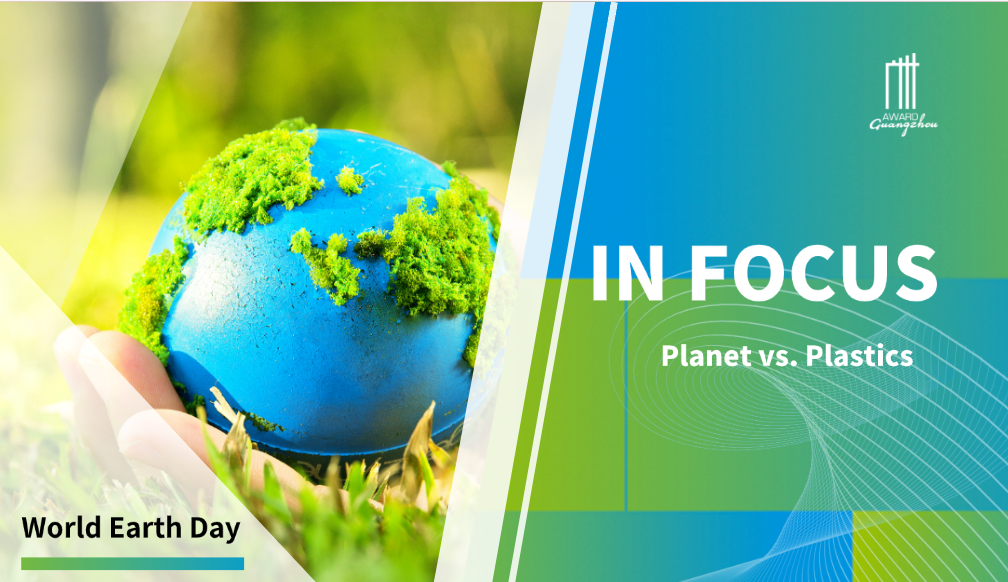DUBAI, UNITED ARAB EMIRATES
Role of Dubai Municipality in Mitigating Impact of COVID-19 Pandemic via Artificial Intelligence

Dubai considers
its 3 million residents its “most important asset”. But the coronavirus
pandemic threatened their safety in addition to causing economic downturn.
Dubai employed the force of artificial intelligence to combat this highly
contagious disease.
The city connected land plans with designated areas for specific uses (e.g., residential, commercial, and recreational) and open spaces to develop a “heat map”. For data in densely-populated areas such as labour camps, the city’s health and security departments conducted a joint inspection to screen infection and collect data. The result was an interactive map with statistics and information directly linked with their sources and geospatial locations. The city used it to monitor covid-affected areas and follow up on the compliance of parks, beaches, shopping centres, salons, and other establishments with precautionary measures. This real-time information helped the city make accurate predictions as well as proper decisions, such as imposing lockdown and identifying priority areas of the National Disinfection Programme launched by the UAE.
During its implementation of the national programme, Dubai used smart and modern disinfection techniques such as drones and modified motorcycles to sterilise mosques, schools, and other facilities. In addition to the smart disinfection vehicles, the city also customised and promoted its smart application, Montaji. The app was already in use to register consumer products such as apparels and cosmetics with the municipality. During the pandemic, the city encouraged its residents to use the app to verify the authenticity of purchased biocides and report fake ones.
The AI-powered heat map, in combination with smart sterilisation techniques, enabled 100% completion of the National Disinfection Program. This contributed to the prevention of Covid-19 cases especially in densely populated areas, and, further, allowed reopening of these areas and the resumption of economic activities.
This initiative is highly relevant to SDGs 3 (good health and wellbeing) and 11 (sustainable cities and communities).


 test
test Urban Innovation in China | Hainan: Transforming Mangroves into “Golden Groves”
Urban Innovation in China | Hainan: Transforming Mangroves into “Golden Groves” In Focus | Empowering the “She” in the Family
In Focus | Empowering the “She” in the Family In Focus | The World Earth Day: Planet vs. Plastics
In Focus | The World Earth Day: Planet vs. Plastics




















 Tel: +86 20 3780 4434
Tel: +86 20 3780 4434 Email: info@guangzhouaward.org
Email: info@guangzhouaward.org Address: Rm 1609, FuLiXinTianDi, No.307 Guangzhou Dadao Zhong, Yuexiu District, Guangzhou, Guangdong, 501600, PRC
Address: Rm 1609, FuLiXinTianDi, No.307 Guangzhou Dadao Zhong, Yuexiu District, Guangzhou, Guangdong, 501600, PRC




